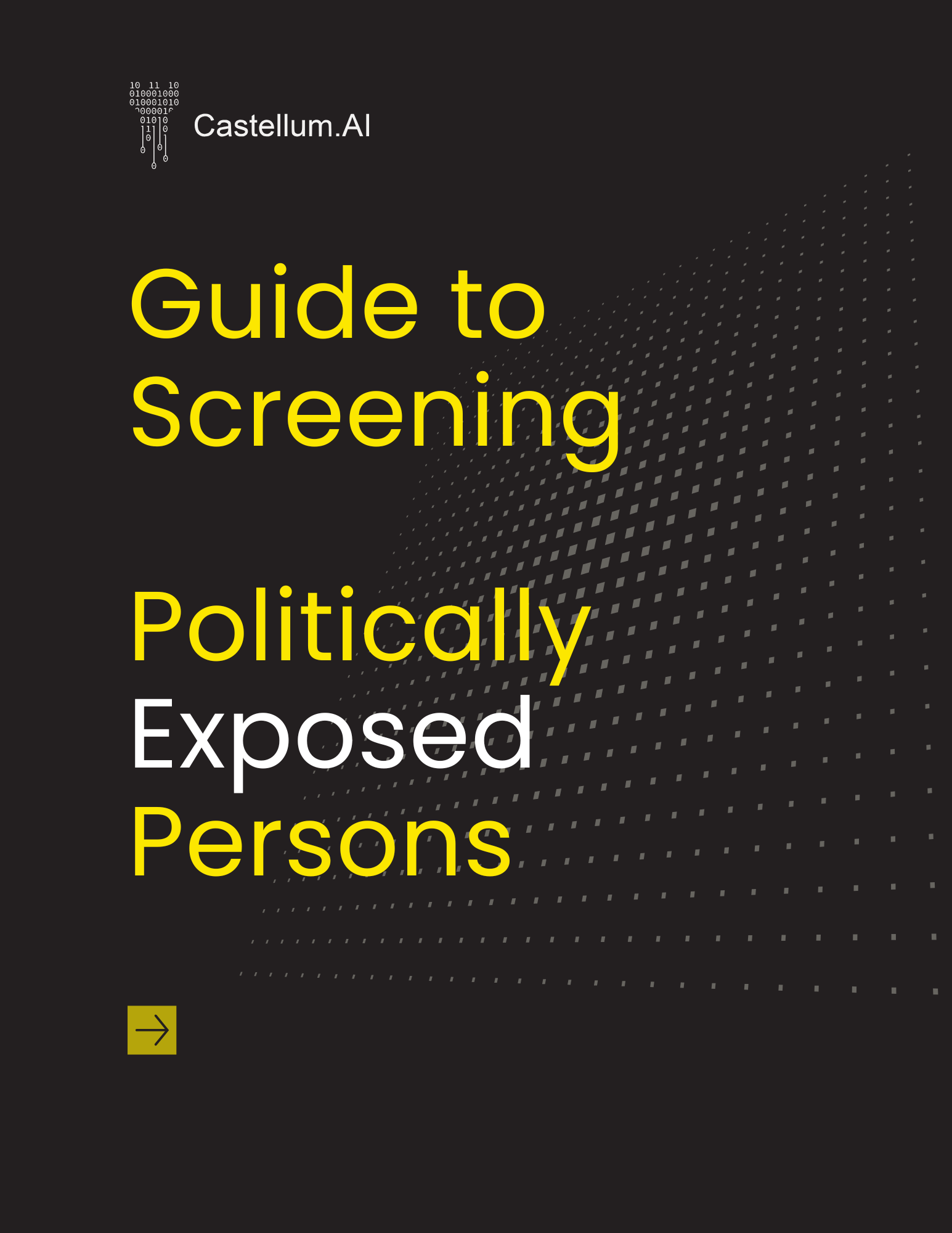Guide to Screening Politically Exposed Persons (PEP)
Challenges, best practices and action plans for automating PEP screening
The Financial Action Task Force (FATF) advises financial institutions to implement additional measures beyond standard customer due diligence to identify PEPs, assess associated risks and flag suspicious activities to reduce money laundering risks.
If you’re a compliance professional, this guide will help you navigate the risks and challenges of screening PEPs and their RCAs with actionable strategies to implement a risk-based screening approach and minimize false positives.
What’s Inside the PEP Screening Guide
Understanding PEPs: Definitions, Coverage, and Red Flags: Learn what defines a Politically Exposed Person, how to identify them and when to conduct screenings.
Challenges of Screening Politically Exposed Persons: Discover the screening hurdles firms face—from dynamic PEP lists and data quality issues to complex RCA relationships and high false positive rates.
PEP Screening Best Practices: Self-identification isn’t enough to detect PEPs. We highlight industry best practices, including secondary identifiers, jurisdictional filters, ongoing monitoring and policy improvement needs to help financial firms effectively screen PEPs.
Action Plans for Implementing a Robust PEP Screening Process: Get clear, actionable steps to identify PEP risks early and mitigate money laundering threats.
7 Key Questions to Find the Right Screening Tool: Choosing the right screening solution is critical. Before investing, firms should ask these key questions to evaluate PEP coverage, data quality, alert systems and customer service.



